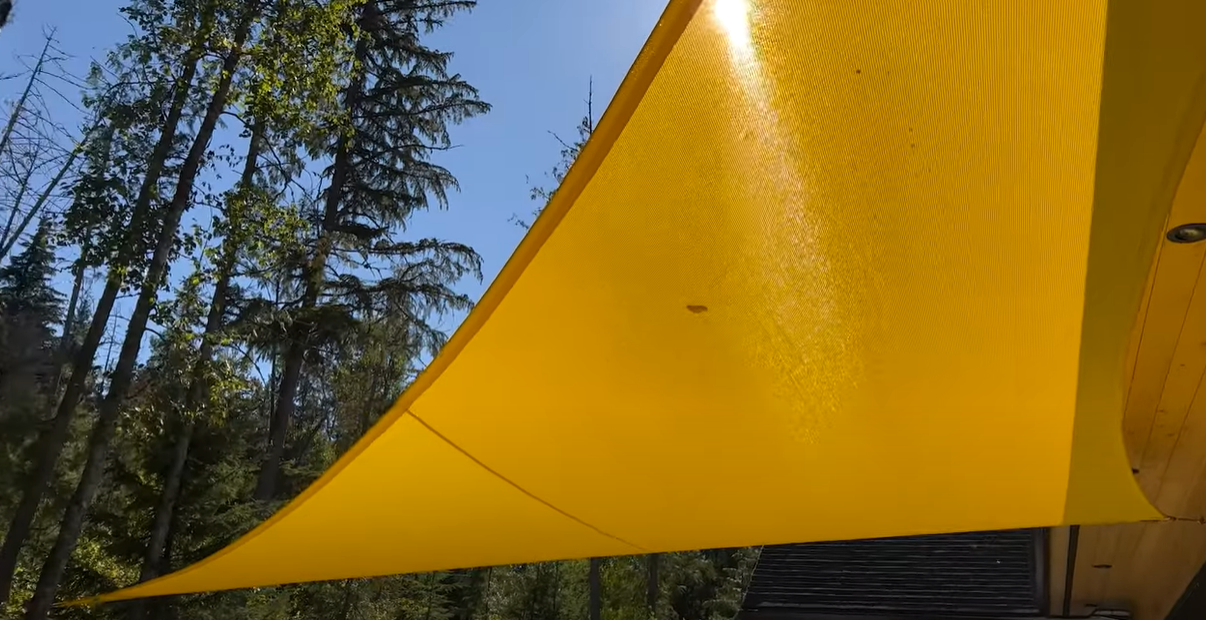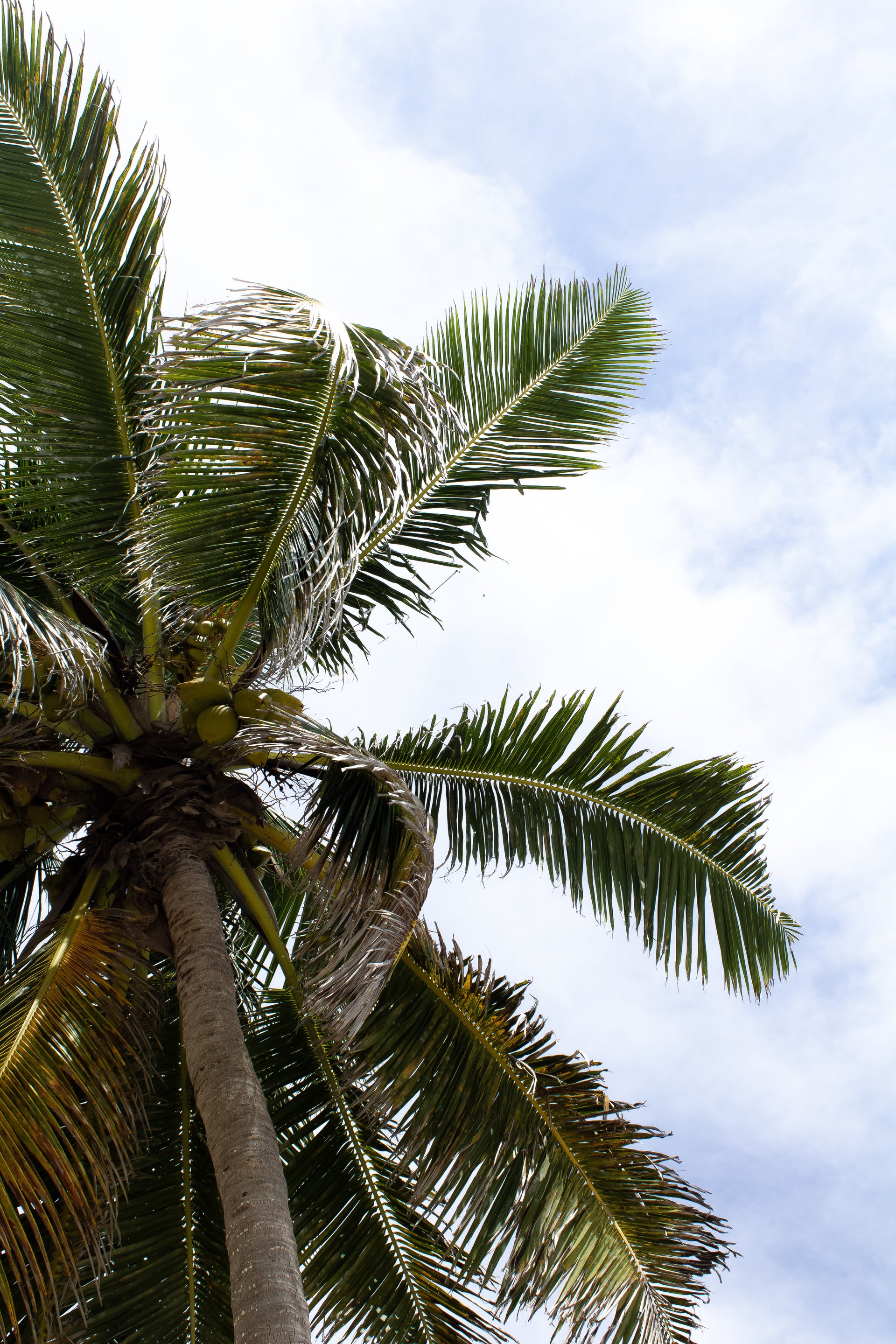Our YouTube channel includes detailed installation guides, frequently asked questions, product overviews and lots more. We are always open to content ideas so please let us know if there is a topic you would like us to cover.
What Is Monofilament Fabric? Properties, Uses, and Advantages Explained

In the vast realm of textiles and fabrics, monofilament fabric stands out for its unique attributes and versatile applications. Essentially, monofilament fabric consists of individual strands, or "monofilaments," woven together to create a strong and durable material. Whether you're delving into the intricacies of what monofilament fabric entails, or exploring its specific uses in different industries, this guide aims to provide a comprehensive overview of this fascinating textile.
What Is Monofilament Fabric?
Monofilament fabric is made from single threads, typically synthetic, that are woven to form a mesh-like structure. Unlike multifilament fabrics, which are composed of multiple threads twisted together, monofilament fabrics use single threads, lending them a smoother finish and distinct functional properties. Predominantly, materials like nylon and polyester are used, thus coining terms such as 'monofilament polyester fabric'.

How Is Monofilament Fabric Made?
The production of monofilament fabric begins with the extrusion of a polymer through a spinneret, which then cools and solidifies to form a continuous, single strand or filament. This process can produce threads of various diameters, depending on the specific requirements. These filaments are then woven into fabric using a loom, resulting in what is known as woven monofilament fabric.
Key Properties of Monofilament Fabric
- Durability: Due to the strength of the single filaments, monofilament fabric exhibits exceptional strength and resistance to wear and tear, making it suitable for demanding applications.
- Chemical Resistance: Synthetic monofilament fabrics such as those made from polyester are resistant to most chemicals, making them ideal for industrial settings.
- Water Resistance: Many monofilament fabrics are designed to resist moisture, advantageous in both agricultural and aquatic applications.
- Transparency and Lightness: Characterized by transparency and a lightweight nature, these fabrics serve numerous aesthetic and practical purposes.
Uses of Monofilament Fabric
Monofilament fabrics find their application across a broad spectrum of industries:
- Agriculture: Used as screens and nets to protect crops from pests while allowing sunlight and air circulation.
- Medical Sector: Utilized in making surgical meshes and other medical implants due to their biocompatibility and strength.
- Industrial Use: Deployed as sieves and filters, particularly in environments where durability is essential.
- Fashion and Apparel: Featured in the creation of lightweight clothing materials that require strength and flexibility.
Advantages of Monofilament Fabric
The advantages of using monofilament fabric extend beyond simple durability:
- Ease of Cleaning: Its smooth surface facilitates easy cleaning and maintenance, a significant advantage in industrial settings.
- Dimensional Stability: The material maintains its form and does not easily deform, even under stress.
- Cost-Effectiveness: The manufacturing process and material efficiency make it a cost-effective choice for many applications.
Frequently Asked Questions
What differentiates monofilament fabric from multifilament fabric?
The primary difference lies in the structure. Monofilament fabric uses single-thread filaments, while multifilament includes twisted sets of fibers, affecting texture and application.
Can monofilament fabric be recycled?
Yes, synthetic monofilament fabric, like polyester, can often be recycled, contributing to environmental sustainability.
What are the environmental impacts of monofilament fabric?
While manufacturing synthetic fibers does have environmental considerations, many monofilament fabrics are designed for durability, reducing the frequency of replacement.
FAQ: Monofilament Fabric
Welcome to our comprehensive FAQ on monofilament fabric, where we provide expert insights into this unique textile. Whether you're a manufacturer, designer, or just someone curious about fabrics, this guide is designed to answer your most pressing questions.
What are the main properties of monofilament fabric?
Monofilament fabric is characterized by its construction from single, continuous strands of fiber, rather than multiple fibers twisted together. This structural distinction gives it several unique properties:
- Durability: The single-strand composition contributes to high tensile strength, making the fabric resilient under stress and wear.
- Uniformity: The continuous nature of the monofilament fibers results in a uniform texture and appearance, offering a consistent quality across the fabric.
- Transparency: Certain monofilament fabrics can be quite transparent, which can be beneficial for specific applications that require visibility or certain aesthetics.
- Dimensional Stability: Monofilament fibers tend to hold their shape well, providing stability in both warp and weft directions.
- Chemical Resistance: Often made from synthetic materials like polyester or nylon, monofilament fabric typically offers resistance to various chemicals and environmental conditions.
What are some common uses of monofilament fabric?
Due to its versatile properties, monofilament fabric is used in a wide range of applications:
- Industrial Applications: It is often used in filtration systems, including water filtration, air purification, and industrial sieves, due to its strength and permeability.
- Fishing Nets and Lines: The durability and flexibility make it ideal for use in fishing lines and nets.
- Medical Applications: In the medical field, monofilament fabrics are employed for surgical sutures and prosthetics due to their strength and non-reactivity.
- Textiles and Fashion: While less common in everyday clothing, its unique texture and appearance can be used for decorative purposes or specialty garments.
- Agriculture: Used in crop netting and other protective agricultural products because of its ability to withstand environmental challenges.

What are the advantages of using monofilament fabric?
Monofilament fabric offers several advantages:
- Strength and Longevity: Its high durability ensures long-term use, reducing the need for frequent replacements.
- Ease of Cleaning: The smooth, non-porous surface of monofilament fibers makes cleaning and maintenance relatively straightforward.
- Versatility: This fabric can be adapted for a myriad of uses across different industries, from technical and medical to industrial and agricultural applications.
- Customizability: The ability to produce the fabric with varying degrees of thickness, flexibility, and porosity allows for specialization depending on the intended use.
How is monofilament fabric made?
The process of making monofilament fabric generally involves the following steps:
- Extrusion: The production begins with the extrusion of synthetic polymers, such as nylon or polyester. These polymers are melted and extruded through a spinneret to form continuous filaments.
- Cooling and Solidification: As the filaments exit the spinneret, they are cooled and solidified to maintain their structure.
- Drawing: The fibers are stretched to increase alignment and improve tensile strength.
- Weaving or Knitting: The monofilament fibers are then woven or knitted together. The weaving can be adjusted to produce different mesh sizes, affecting the fabric's porosity and flexibility.
- Finishing: Finally, the fabric may undergo finishing processes to enhance certain properties like UV resistance, chemical resistance, or to add specific functional coatings.
Conclusion
Monofilament fabric embodies a blend of durability, strength, and versatility, making it a popular choice across myriad industries. From woven monofilament applications in agriculture to synthetic monofilament options in industrial settings, the utility of this fabric is unmatched. Understanding the nuances of what monofilament fabric is, how it is made, and where it is used, provides valuable insights into its widespread adoption. As industries continue to evolve, monofilament fabric remains a staple, promising both reliability and innovation.




